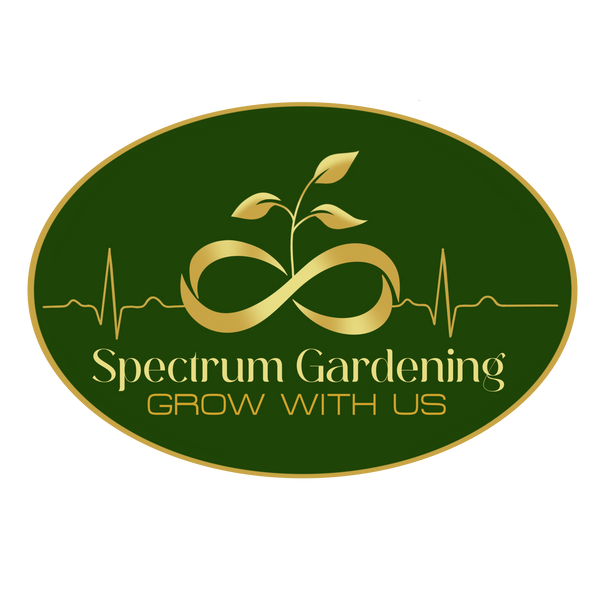December 19 2021

A guide to purchasing quality built raised garden beds and planters
Spring is just around the corner and gardeners are gearing up for another growing season!
Many are thinking about purchasing first time or new garden beds and planters. With the more recent increase in gardening interest, we have also noticed an uptick in some of the gardening groups, of individuals who are having issues with poorly construction / low quality material planters, that quickly become unusable purchased from SOME "backyard" builders. Therefore, Spectrum Gardening and Riverbend Planters. Have collaborated to create a basic guide on what you should consider before buying your cedar planters.
There are lots of options for growing fresh vegetables, herbs, fruit, and flowers. Garden beds (open bottom) offer gardeners more growing depth and a greater potential for healthier plants. Planters (closed bottom) allow gardens to happen in places that previously were not an option; both are great options for urban gardeners, especially those with small outdoor spaces and strata restrictions.
But before you rush out and buy a planter or garden bed, take a couple moments to consider your gardening needs.
Are you installing a garden bed over existing soil or sod? Are you looking for a planter to be placed on a patio, deck, balcony, concrete, or gravel?
1. SUN EXPOSURE
Map out where you get the most sun. Remember, your heat loving veggies / fruit should be planted in high sun areas. cooler temperature loving veggies should be planted in semi sunny areas to avoid bolting in the heat. Seed packages often offer information on planting including whether each plant requires shade, semi shade or full sun.
2. SPACE BETWEEN EACH GARDEN BED OR PLANTER
Be sure to leave yourself enough room between each garden bed or planter to comfortably walk through and work. We suggest 2ft - 3ft to comfortably walk between each garden bed or planter and 3ft - 4ft to be able to fit a wheelbarrow between each garden bed or planter.
3. FILL WITH GOOD QUALITY SOIL
Remember to fill your garden bed / planters with good quality soil!
4. DO YOU PLAN TO GROW CLIMBING PLANTS?
If you plan to grow climbing plants, consider whether a gardening cage will provide enough support and height? If not, a vine attachment or lattice attachment may be just what your plant needs to grow to its maximum potential.
Now that you have considered the above points, what questions should you ask when buying a garden bed or planter?
1. What kind of wood is it? Yellow and Western Red Cedar are great options for cedar gardening solutions.
2. Is the wood treated or not? You want to buy untreated lumber to grow your veggies, herbs, and fruit in.
3. Nails, staples, or screws? You want a planter that has been constructed using deck screws NOT nails or staples! If glue is used, be sure that screws are used in addition to the glue. If you prefer that glue, not be used in addition to the screws, ask if the builder can assemble without.
4. Is there proper drainage? Make sure that your planters have drainage holes or drainage slats between the bottom boards. A garden cloth secured prior to adding soil will prevent the soil from escaping the planter, while still allowing the water to drain out.
5. A good rule of thumb for elevated planters and raised planters (planters on legs) - Anything over 4ft L, 2ft W or 12" planting depth, should be reinforced and contain a center support to prevent bowing or complete product failure. All leg supports (including middle legs) should be touching the ground - middle legs should not be attached to below shelves without also touching the ground.
6. Ask yourself whether the individual building the product understands your gardening needs and pay attention to the customer service. Is there a product warranty available?
7. If your space requires a specific size of planter or garden bed or you desire a specific design, ask if custom is an option.
Remember, when in doubt talk to the builder beforehand about what kinds of plants you would like to grow and what kinds of plants would do best in each style of planter or garden bed you are interested in. TEST THEIR GARDENING KNOWLEDGE.
We hope you have found this basic guide helpful. If you have any questions, please do not hesitate to contact either company directly or leave a comment below.
*Spectrum Gardening and Riverbend Planters are two separate companies that have collaborated for this specific article.
Tagged: Cedar, Gardening, Planters, Raised beds

0 comments